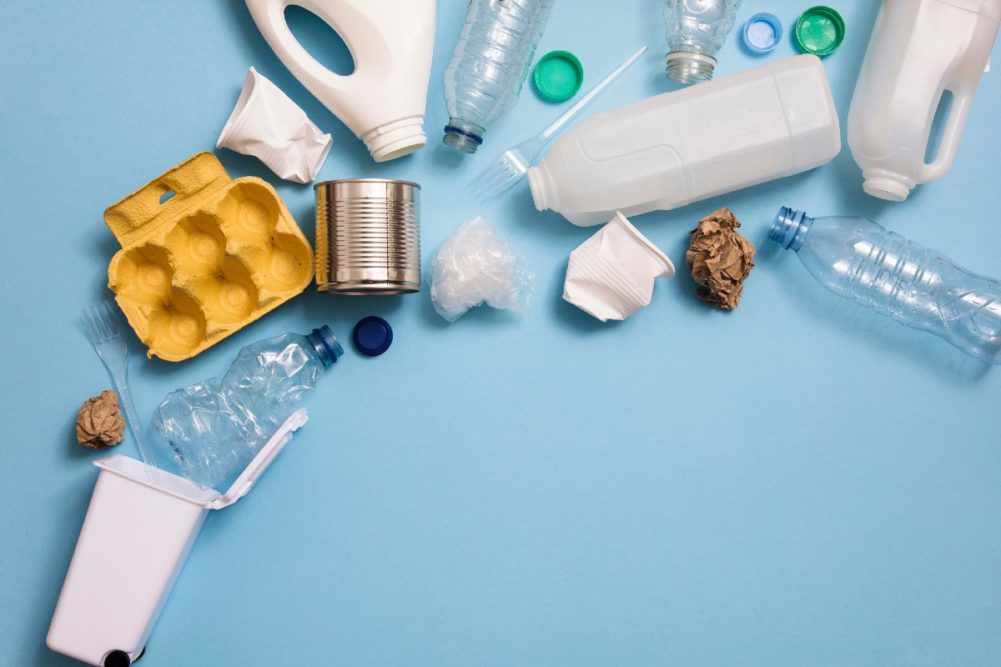Packaging, manufacturing and recovery experts know momentum to end single-use materials already exists in the US. But it remains unclear which material types will emerge as enduring sustainable solutions, as highlighted in a Sept. 27 webinar from PMMI, Ameripen and Euromonitor International.
The three organizations partnered to collect opinions and trends about the future of packaging materials, and incorporated surveys to end users, OEMs and materials manufacturers.
While presenting key takeaways from the project, Euromonitor strategy consultant Marshaun Montgomery identified plastic as the most notorious packaging material and said industry efforts are focusing on optimizing packaging and improving recycling capabilities.
Montgomery noted reuse and refill programs are more popular in other countries and said consumers in the US clearly are interested in and pushing for change. Still, companies are trying to determine how much consumers are willing to pay for such solutions, he added.
"The Future of Packaging Sustainability" webinar highlighted that industry professionals see the need for a steady supply of competitively priced post-consumer recycled materials, as well as “harmonized” legislation to drive long-term changes.
In 2021, Montgomery shared, the three most-used packaging types and materials were PET bottles, metal beverage cans and flexible plastic. He said CAGR projections for 2025 indicate those three types will remain the leaders, with 22.9% of the projected 532 billion units of packaging coming from PET bottles, 19.2% from metal beverage cans and 16.9% from flexible plastic.
While the CAGR from 2021-2025 projects growth for folding cartons (1.4%) and glass bottles (0.3%), “other” materials had the highest CAGR of any category, at 2.5%. Montgomery said that set of materials described as “others” includes options such as pouches of main package types. He added that innovation is expected to drive growth into 2030, with new material types.
At this point in time, though, he said it is difficult to know what 2026 and beyond will look like for sustainable packaging materials.
“It's really, I think, going to be variable, depending on what type of legislation we see over the next five years and how innovation progresses,” Montgomery said.
He credited younger consumers with driving the shift toward sustainable packaging, adding that they put pressure on “the whole family” to think about the long-term implications surrounding packaging.
Another factor in the momentum, Montgomery said, is originating from “the more progressive states” in the US.
“It's very much more urban areas. And it's, in a lot of cases, really centered around municipalities that are specific cities,” he said. “We see a lot of these kind of drivers coming from the city level, not just from the state or the nation.”
Maine and Oregon, he also noted, in 2021 became the first US states to introduce extended producer responsibility (EPR) on plastic packaging.
The presentation pointed out that plastic is the most regulated of packaging materials, to prevent it from becoming waste. A movement to create a circular economy for all packaging has seen some momentum of late, with more countries beginning to establish EPR and deposit return systems to advance it.

